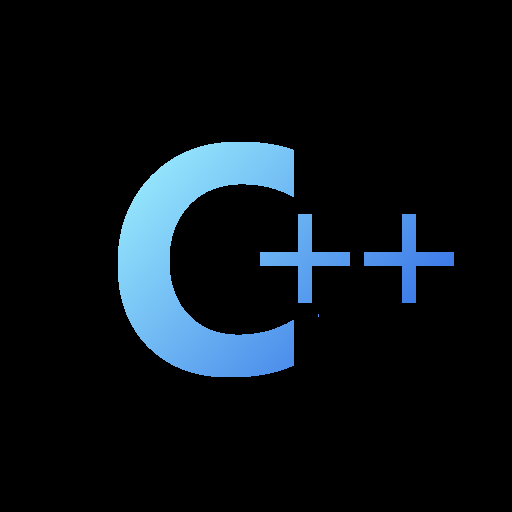
I mean harmless in a way that using std::move on the return type doesn't prevent RVO?

I mean harmless in a way that using std::move on the return type doesn't prevent RVO?
I agree with what you're saying even though I do think a lot of C++'s bad rep comes either from C or from pre-C++11 code. I also think that modern code should include clang-tidy in the CI, and if so at least simple mistakes like in OPs code would be flagged with "warning: Use of memory after it is freed [clang-analyzer-cplusplus.NewDelete]"
https://clang-tidy.godbolt.org/z/8E169bons
Note that all of the warnings in there are valid and should be fixed, so it's not like wading through a see of false positives. That being said, the post is interesting in its explanation of why the example does what it does. Too bad all of the other stuff in there is bonkers.

I wonder if the language could be updated so these extra std::move invocations actually become harmless? return std::move is something that I see used quite a bit.

Thanks for posting, we use scratch in our montly CoderDojo, will be certain to give this a look!

BOOST_OUTCOME_TRYX may be what you're looking for. It's only available on gcc and clang though.
I read through the better part of a linked thread: https://forum.dlang.org/thread/ncbawciyybdksecurmsc@forum.dlang.org?page=1. And wow, as a C++ user, I'm not sure if I should feel blessed about how stable and backwards-compatible the language is, or that D users must be bonkers to put up with the breakages. Using C++ both professionally and for hobby projects, in the last 5 or so years I can remember encountering exactly 1 (gcc) compiler bug. There was a simple workaround + someone else had already reported it so with the next minor update the bug was fixed. And the code that triggered it was a nested CRTP spawn of hell so I didn't blame the compiler from borking on it in the first place, it would've been better for everyone had it never compiled :p
Upgrading a major C++ compiler version was never free in my experience, but even when working in a codebase with ~2M LOC the upgrade (e.g. 14 -> 17) was something that could be prepared in a set of feature branches by one person over the span of one, maybe two weeks. That's for fixing compile errors, I don't remember if we had issues with runtime errors due to an upgrade, but if we did it must've been minor because I remember the transition to 17 was pretty smooth. Note that 14 -> 17 requires changing the requested C++ version for the project, which is different from upgrading the actual compiler, i.e. you can do the latter without the former and your code should not require any changes.